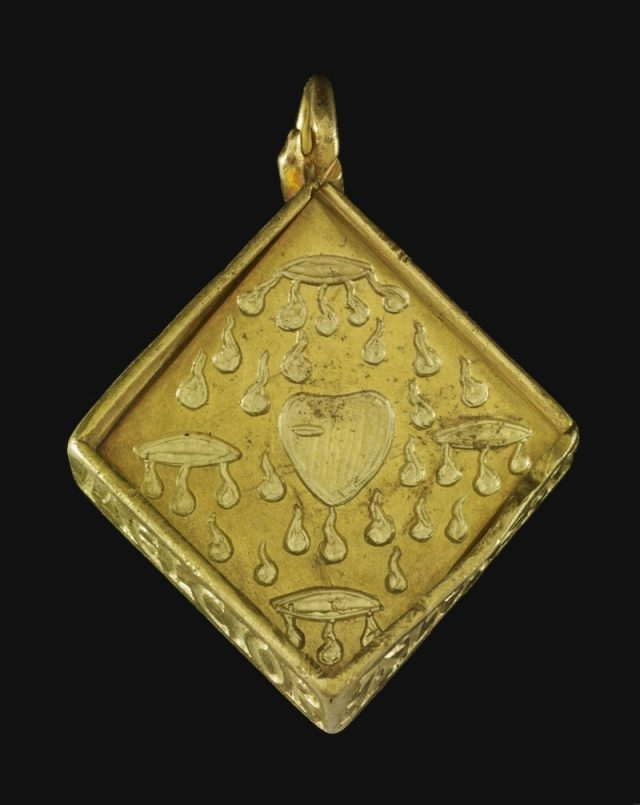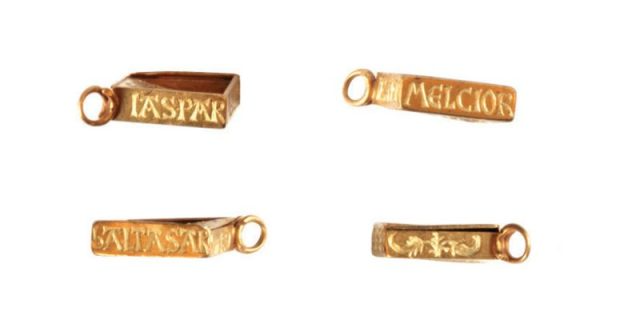
According to experts, the engravings were probably enameled when the item was brand-new.
As was common in late medieval jewelry, that would have given the item a beautiful array of colors on top of the precious metal.
Such a costly sign of their religious devotion to the blood and wounds of Christ could only have been purchased by a very wealthy individual.
Historians and archaeologists generally agree with the legend of Saint Helena. The pendant was intended for a noblewoman to retain a relic of the True Cross, even if tiny James’ finding did not contain one.




